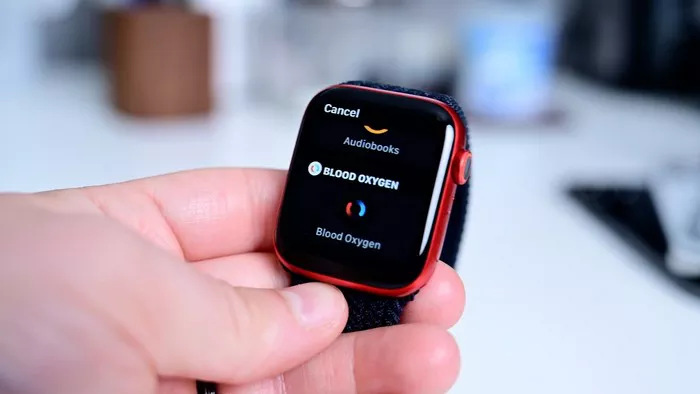The Apple Watch has become an integral part of many people’s lives, offering a wide range of features and functionalities that seamlessly integrate with their iPhones. However, some users may wonder whether it’s possible to use the Apple Watch with two iPhones simultaneously. In this article, we’ll explore the capabilities of the Apple Watch in relation to multiple iPhones, the limitations and considerations involved, and potential workarounds for users seeking to use the watch with more than one iPhone.
Understanding Apple Watch Pairing
Pairing Process: When setting up an Apple Watch for the first time, users are prompted to pair the watch with their iPhone using the Apple Watch app. This pairing process establishes a secure connection between the two devices, allowing them to communicate and share data seamlessly.
Single Device Pairing: By design, the Apple Watch can only be paired with one iPhone at a time. Once paired, the watch is tied to that specific iPhone and can only communicate with it for features such as notifications, app access, and data syncing.
Data Synchronization: When paired with an iPhone, the Apple Watch syncs data such as contacts, calendars, messages, and health and fitness metrics from the iPhone to the watch. This ensures that users have access to their most up-to-date information across both devices.
Limitations of Using Two iPhones
Incompatibility: The Apple Watch does not support simultaneous pairing with multiple iPhones. Attempting to pair the watch with a second iPhone will result in the existing pairing being overwritten, effectively disconnecting the watch from the first iPhone.
Loss of Data: When pairing the Apple Watch with a new iPhone, users may lose data stored on the watch, including health and fitness metrics, activity history, and app settings. This data is tied to the original pairing and may not transfer to the new iPhone.
Limited Functionality: Pairing the Apple Watch with a second iPhone effectively resets the device, requiring users to set up features such as Apple Pay, notifications, and app access from scratch. This can be time-consuming and may result in a loss of functionality compared to the original pairing.
Workarounds and Alternatives
Manual Data Transfer: While the Apple Watch does not support simultaneous pairing with multiple iPhones, users can manually transfer some data between devices. For example, users can export health and fitness data from the Health app on one iPhone and import it into the Health app on another iPhone.
Shared iCloud Account: Users who wish to share an Apple Watch between two iPhones may consider using a shared iCloud account for features such as contacts, calendars, and messages. This allows both iPhones to access the same data and sync it with the Apple Watch.
Use of Third-Party Apps: Some third-party apps may offer limited support for using the Apple Watch with multiple iPhones. However, users should exercise caution when using these apps, as they may not provide the same level of functionality and integration as native Apple features.
Conclusion
In conclusion, the Apple Watch is designed to be paired with a single iPhone at a time and does not support simultaneous pairing with multiple iPhones. Attempting to pair the watch with a second iPhone will overwrite the existing pairing and may result in data loss and limited functionality. While there are some workarounds and alternatives available, such as manual data transfer and the use of shared iCloud accounts, these options may not provide the same level of seamless integration and functionality as native Apple features. As such, users should carefully consider their needs and preferences before attempting to use the Apple Watch with multiple iPhones.

